AGRONOMIC RESOURCESTO SUPPORT EVERY SEASON
YOU CAN TAKETO THE FIELD
Fungicide - When Should It Be Applied?
With 29% of the nations corn crop in the silk growth stage according to the latest USDA crop progress report and 69% of the corn crop rated G/E many of the questions I have been receiving over the last two weeks have focused around fungicide applications in corn. Should I use a fungicide? What response level can I expect out of each hybrid? What is our disease pressure? When should I apply fungicide?
What to Consider
The most important factor at the end of the day when considering a fungicide application is economics and ROI. Will my investment of fungicide and application costs yield enough return to return a positive ROI? We know that each hybrid has different levels of response to fungicides, last year locally in SW MN our fungicide trials had a range of +23 bushel/acre response to -2 bushel/acre response, with the average being an 8 bushel/acre response. Results like that allow us to easily identify which hybrids are going to have an economical response the majority of the time to a fungicide application and which hybrids have an agronomic package that does not benefit from a fungicide application unless severe disease pressure exists. Hybrids that responded closer to the average require a deeper look into the local environment they are placed in and need to be evaluated on a field by field basis to determine if a fungicide application will be profitable
Will a fungicide application be profitable?
- Scout: Identifying disease pressure is a good place to start, as we reach VT/R1 are
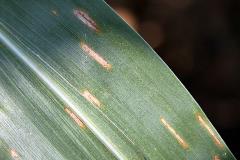 you noticing any diseases moving into the corn canopy and what level of pressure are you seeing
you noticing any diseases moving into the corn canopy and what level of pressure are you seeing - Previous Crop/residue: pathogens need a host, corn on corn situations will favor disease development and high amounts of residue play host to disease.
- Weather Past/Current: Utilize the Advantage Acre 4-week weather forecast for insights into what the
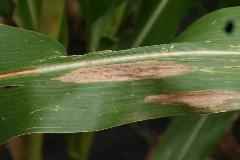 potential for disease pressure may be. Wet weather favors disease development and temperatures influence what diseases develop. Warm temps (80+ degrees F) favor Gray Leaf Spot development and moderate temps (64-81 degrees F) favor Northern Corn Leaf Blight
potential for disease pressure may be. Wet weather favors disease development and temperatures influence what diseases develop. Warm temps (80+ degrees F) favor Gray Leaf Spot development and moderate temps (64-81 degrees F) favor Northern Corn Leaf Blight
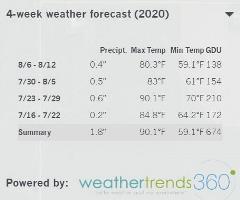
Timing a fungicide application for VT-R1 continues to show the biggest bushel gains of any application window. Other benefits to keep in mind of a fungicide application are improved stalk integrity and harvestability at the end of the growing season. These need to be considered as well when making a targeted decision on whether to apply fungicides to specific hybrids.
LG Seeds has fungicide response ratings for each of its hybrid and your local team haseven deeper insights into how a product will respond to fungicide within your local geography. Reach out to them or your STAR Partner with any questions about fungicide applications




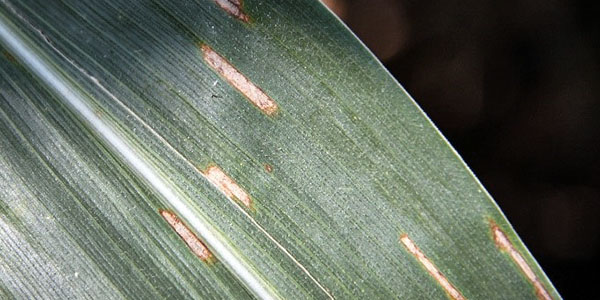
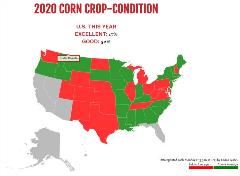
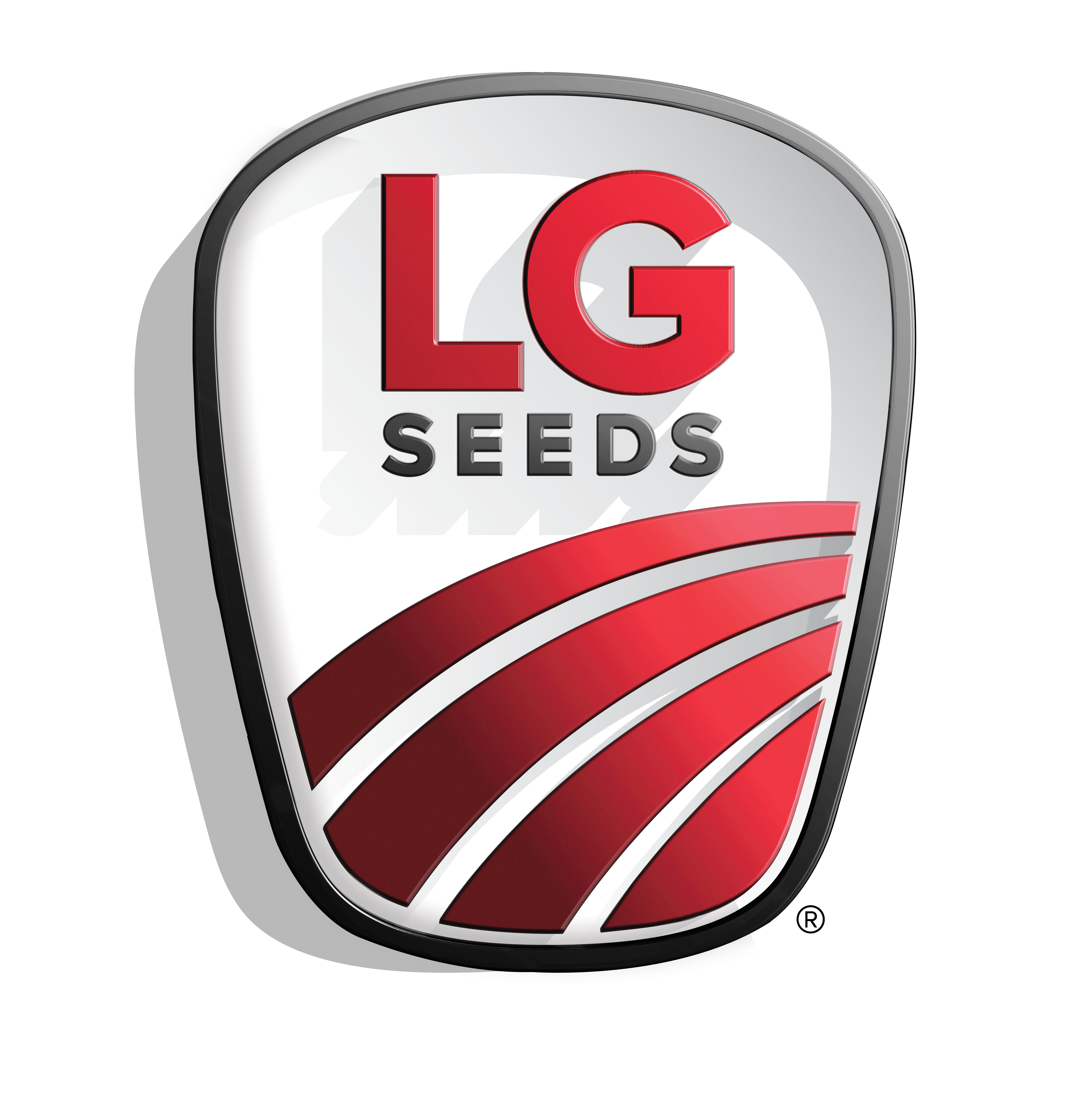
Technical Team Agronomist